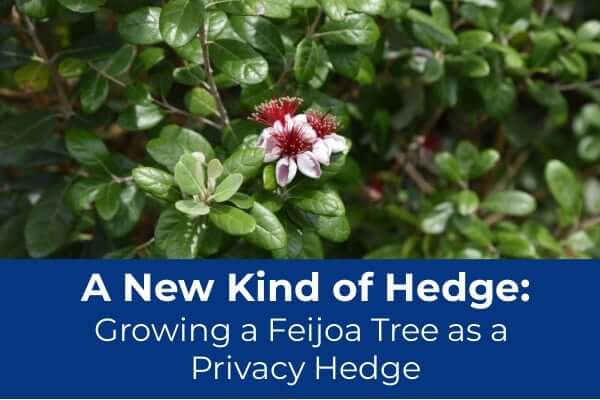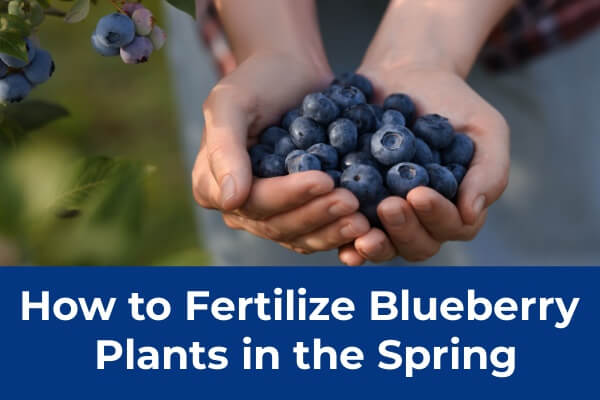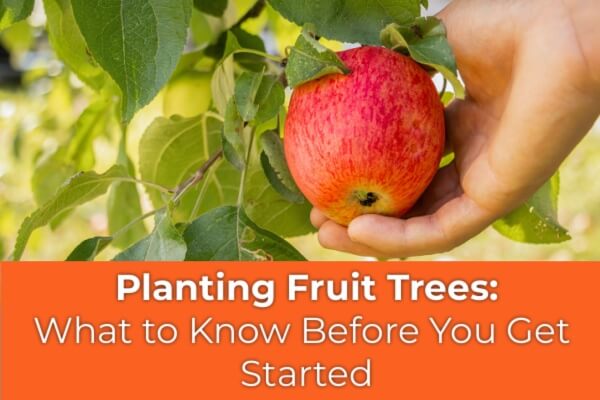Table of Contents
What is a Feijoa Tree?
The feijoa (Acca sellowiana) is a small evergreen tree or large shrub native to the highlands of southern Brazil, Paraguay, Uruguay, and northern Argentina. It belongs to the myrtle family (Myrtaceae) and is closely related to guava, though it’s in a different genus. Growing a feijoa tree in the US has become a popular activity for fruit tree gardeners.
Feijoas were introduced to Europe in the late 19th century, and by the early 20th century, they made their way to California and New Zealand, where they gained a strong following.
New Zealand, in particular, has become a global leader in feijoa cultivation, with specialized breeding programs and a thriving market for fresh fruit and processed products like jams, juices, and wines.
Feijoas are known for their fragrant, sweet-tart fruit, showy edible flowers, and attractive silver-green foliage.
Growing a Feijoa Tree
Growing a feijoa tree creates a lush, evergreen privacy hedge that can serve as a natural barrier and also produce delicious flowers. Commonly known as pineapple guava, this is an excellent option for those who live in USDA zones 8a-11. The feijoa tree features dense foliage, beautiful flowers, and resilience in various climates and environments. We have noticed that the feijoa tree seems to be gaining popularity among gardeners seeking functionality and beauty in their landscape.
Why is Growing a Feijoa Tree as a Privacy Hedge a Good Idea?
Privacy hedges are essential for many homeowners who want to create a secluded outdoor space. Feijoa trees are particularly well-suited for this purpose due to several key characteristics:
- Evergreen Foliage: Unlike deciduous trees that lose their leaves in winter, feijoa trees remain green year-round, ensuring continuous privacy.
- Fast Growth: These trees grow at a moderate rate, allowing you to establish a hedge within a few years.
- Dense Canopy: The thick, bushy foliage creates an effective barrier when it comes to prying eyes, wind, and noise.
- Edible and Aromatic Flowers: Beyond privacy, feijoa trees reward growers with unique, tropical flowers each spring.
- Drought Tolerance: Once established and mature, they require minimal waterings, making them an excellent choice for gardeners who love low maintenance plants and trees.
- Did I mention Low Maintenance?: Feijoa trees also require minimal pruning and care, making them an ideal low-fuss privacy hedge option.
Planting a Feijoa Privacy Hedge
1. Choosing the Right Location
Feijoas thrive in full sun to partial shade, but for the best performance, plant them in a location that receives at least 6-8 hours of direct sunlight daily. They prefer well-drained soil with a slightly acidic to neutral pH.
2. Spacing for Optimal Coverage
For a dense, lush hedge, plant feijoa trees about 6 feet apart. The closer you plant them, the faster they will form a continuous barrier. If you want a taller hedge, allow slightly more space between trees to encourage upward growth.
3. Soil Preparation and Planting
- Loosen the soil to a depth of at least 12 inches.
- Mix in compost or nutrient rich soil to enhance soil fertility.
- Dig a hole twice as wide and the same depth as the tree’s root ball.
- Place the tree in the hole, ensuring the top of the root ball is level with the ground.
- Backfill with soil and then water thoroughly.
4. Watering and Mulching
While feijoa trees are drought-tolerant once mature, they need regular watering during the first year to establish strong roots. Mulch around the base with organic material to retain moisture and suppress weeds.
Maintaining Your Feijoa Tree
1. Pruning for Shape and Density
To maintain a uniform hedge, prune feijoa trees annually in late winter or early spring before new growth begins. Remove dead or weak branches and shape the hedge as needed. Regular light pruning encourages denser growth.
2. Fertilizing
Feijoas benefit from regular feeding with a balanced fertilizer, such as a fruit and citrus tree blend. Applying Romeo Plant Food or G&B Organics Fruit and Citrus Tree Fertilizer in early spring and late summer promotes strong growth.
3. Pest and Disease Management
Feijoa trees are relatively pest and disease-resistant, but occasional issues with scale insects or fungal diseases may arise. Regularly inspect the leaves and treat infestations with horticultural oil or neem oil as needed
A feijoa privacy hedge is an excellent addition to any garden, offering year-round greenery, natural screening, and beautiful flowers. With minimal maintenance and adaptability to various climates, this evergreen hedge is both practical and rewarding. Whether you’re looking to create a secluded backyard oasis or simply want a unique edible landscape feature, the feijoa tree is a fantastic choice.
Facts about Growing a Feijoa Tree:
- Also referred to as a Pineapple Guava Tree
- The Feijoa, also known as Acca sellowiana, is native to South America-specifically Brazil, Paraguay, Uruguay, and northern Argentina.
- "Feijoa" can be pronounced many ways, depending on the region. Some variations are "fay-ho-ah" , "fay-joe-uh", and "fee-joe-uh".
- Their beautiful and unique red-and-white edible flowers bloom in late spring and are loved by pollinators.
- Feijoa trees are evergreen, drought-tolerant once established, and typically pest-resistant.
- They work beautifully as ornamental shrubs and privacy hedges.
- They can tolerate brief dips into the low 20s°F, making them one of the more cold-tolerant subtropical fruit trees.
- Feijoas require minimal pruning.
- Can be grown in the ground or in containers.
- Best for USDA Zones 8a-10b
- This tree measures approximately 24"-36" tall.
- These trees were propagated from seed and are not guaranteed to produce fruit.
- By law, we can not ship Guava plants to Hawaii.




